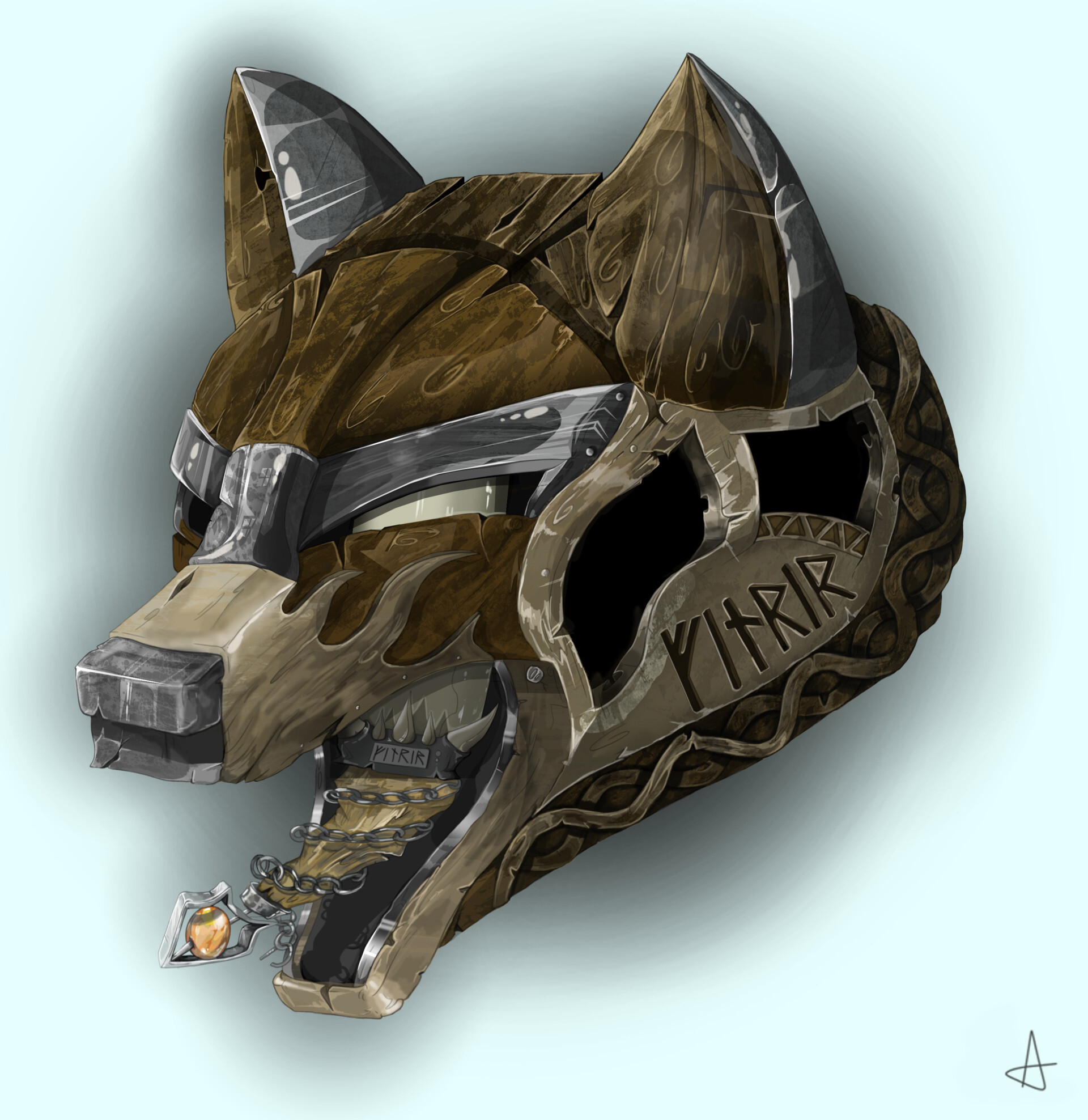


Some examples of baselines include performance measurement baseline, scope baseline, milestone schedule, and budget.īaselines are regularly updated throughout the project. Baselinesīaselines are important for the project, and they represent approved versions of whatever plan they are linked to. Next, we have hierarchy charts that describe the relationship between various parts within the project, like risk breakdown structure, organizational breakdown structure, product, and work structure.īe aware that your project might require different versions of these and that you might not need all of them.

Plans can be written or in the form of diagrams. These plans are developed to help you navigate through the project and be in one or separate documents. The next category involves different plans, like logistic plans, quality plans, test plans, scope management plans, etc. These documents aren't set in place and are continuously updated throughout the project. For instance, they include stakeholder register-backlog, risk register, assumption log, etc. Logs and registersĪs the name implies, this category involves various project management logs and registers, which are part of your daily management process. This stage is focused on high-level strategy stuff, and it isn't something you will need to change once it's set. Keep in mind that these documents are drafted at the start of the project, and they aren't susceptible to any change they usually stay the same. It's an open list and includes a business case, project vision statement, project charter, and a road map. This is the first category of documents, and it's closely related to project initiation and strategy. We can differentiate nine types of artifacts in project management. Types of artifacts in project managementĪs we previously explained, an artifact results from some other project management tactic or a method. Artifacts describe project documents, but they aren't artifacts themselves. If we want to change the schedule, we must submit a change request that needs to be approved. Keep in mind that project documents and artifacts aren't the same.įor instance, the project calendar might change every day if we deal with complex work, but our schedule remains the same. The documents that are subject to this are called artifacts. However, if someone wants to change any baseline aspect, a modification request needs to be submitted and approved before the change. If issue still persist, please let us know by sending an email to Again Sorry, we could not subscribe you at this moment. Further on, project managers have the necessary authority to manage the project while reducing the risk of influential stakeholders imposing their will on the project. Early in the project, key stakeholders will sign and agree on this.
#PROJECT RELIC HOW TO#
We already explained what artifact means, but what is their role, how do they affect project management, and what is the project artifacts checklist? When you set up your project plan, you work with experts to figure out how to manage risks, communications, schedule, costs, and scope.Īll these features establish the project baseline and ensure a common understanding of how the project will run. For example, a project closure document is an artifact, while a project deliverable is a new app.

However, it is essential to mention that artifacts are connected to project management, not the project's output. On the other hand, artifacts can be referred to as deliverables, documents, and templates. Teams produce these documents to support and define the work they are doing. An artifact is something you make, and as we said earlier, they are related to documents. They exist for a reason: to share information related to a project. They are in some sense alive, which means artifacts are susceptible to change and are formally updated. These documents align projects to business goals, address your client and sponsor requirements, and set up your team members' expectations. Let's start with the basics! What are project artifacts?Īrtifacts are documents linked to project management since project management needs to document deliverables and projects fully. Therefore, in this article, we will look at different project management artifacts which make the project process transparent and measurable. Considering the wide range of artifacts available, we need to understand their differences and how their change affects our management plan. Proper documenting of objectives and deliverables in the form of artifacts leads to project success.


 0 kommentar(er)
0 kommentar(er)
